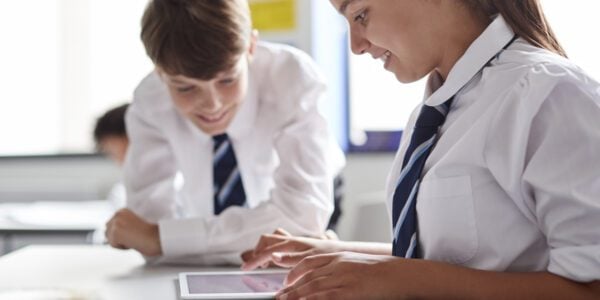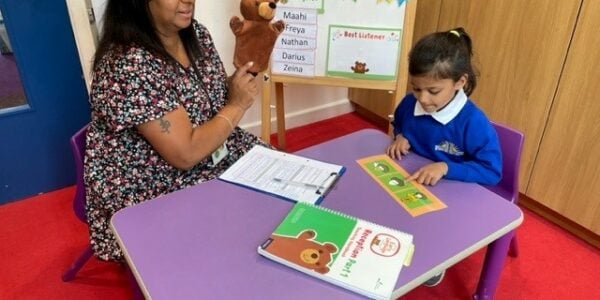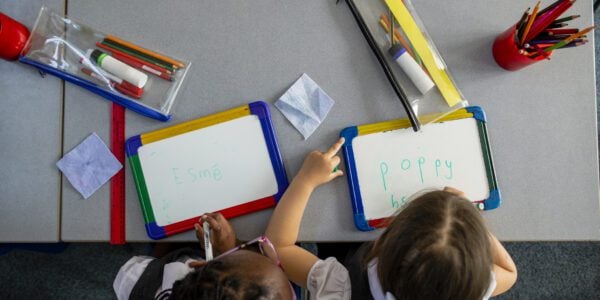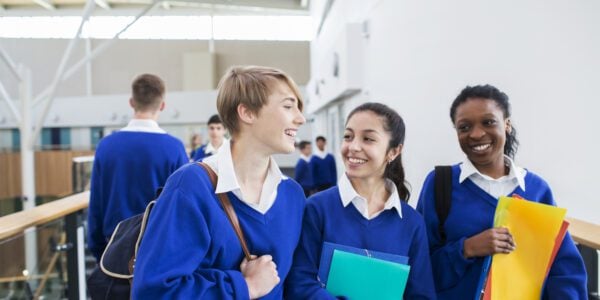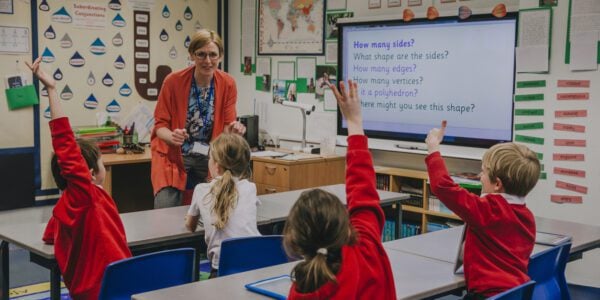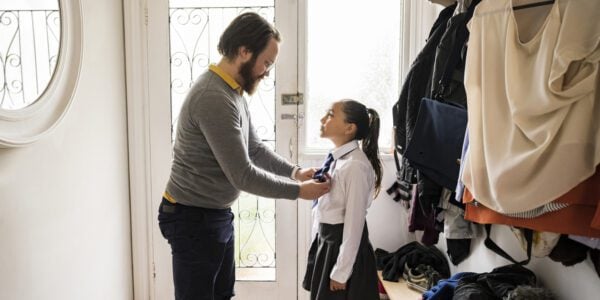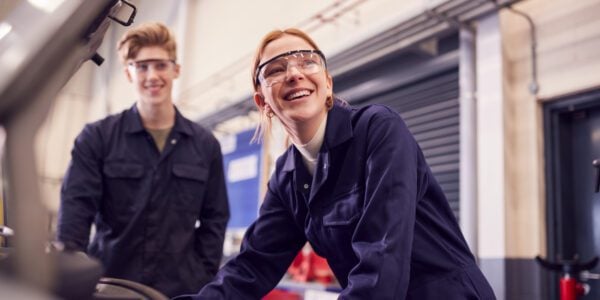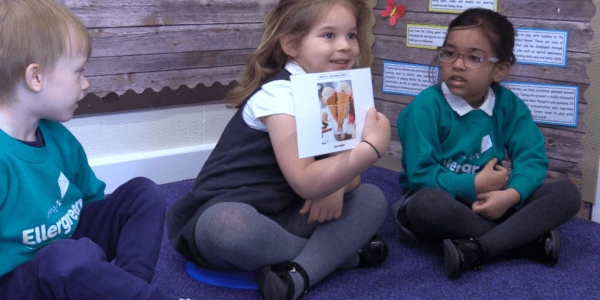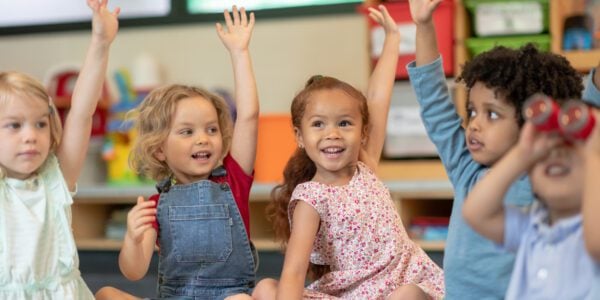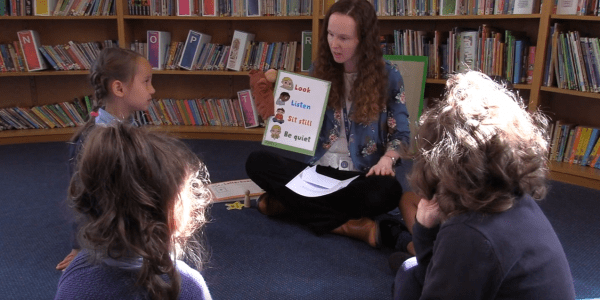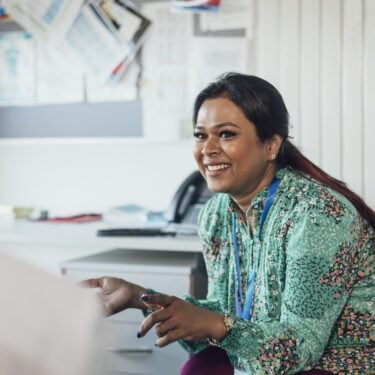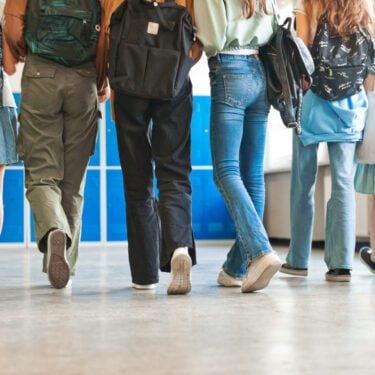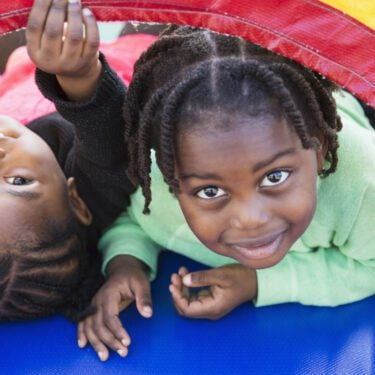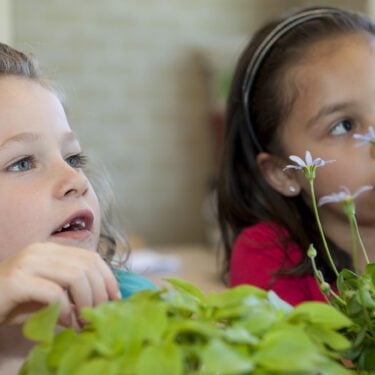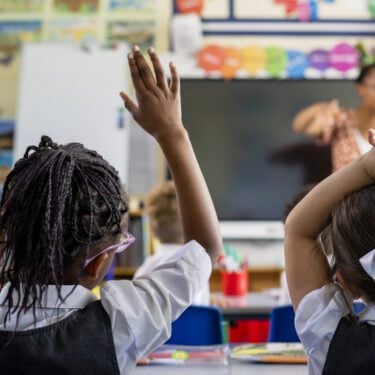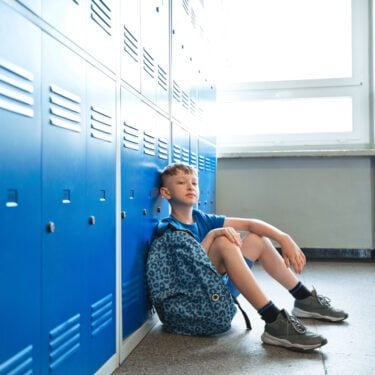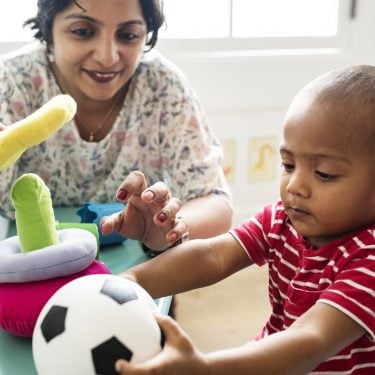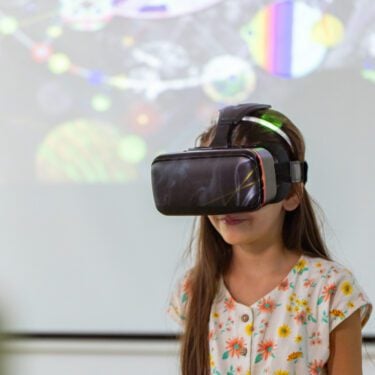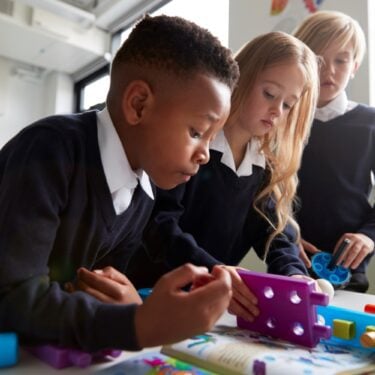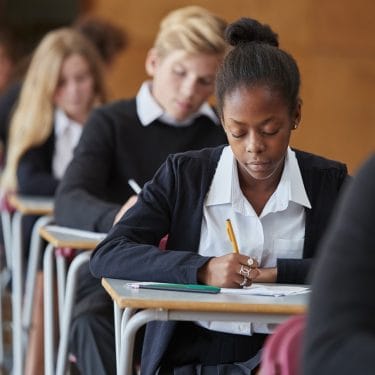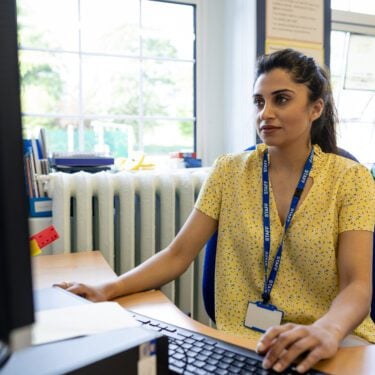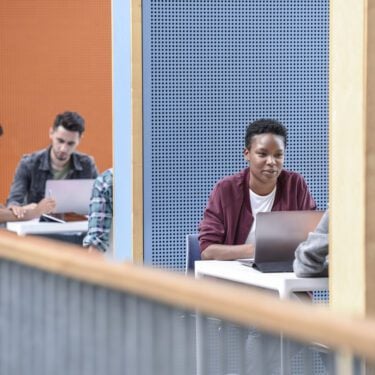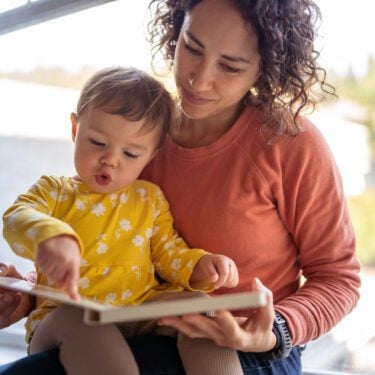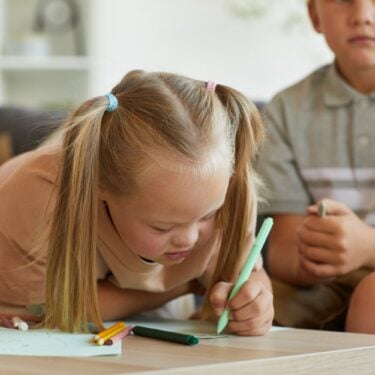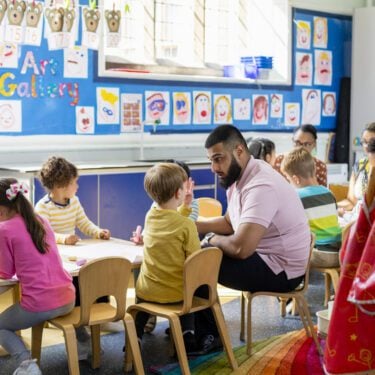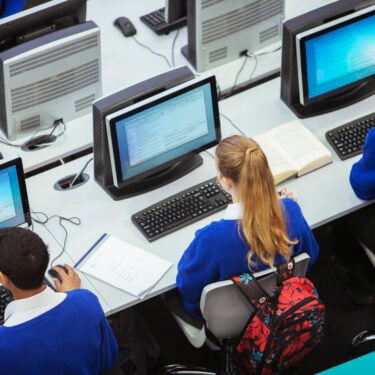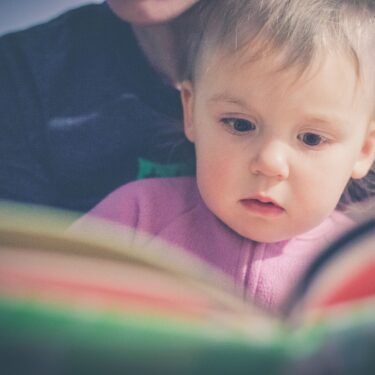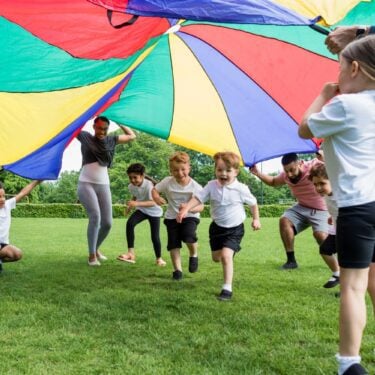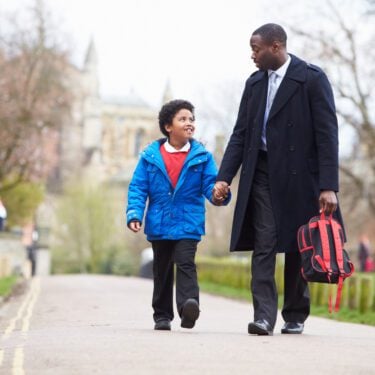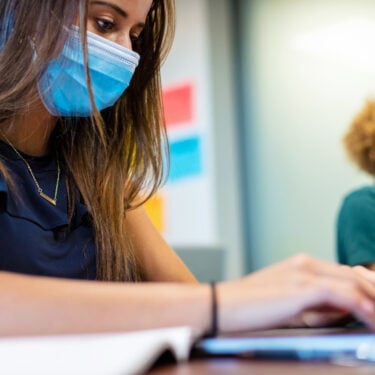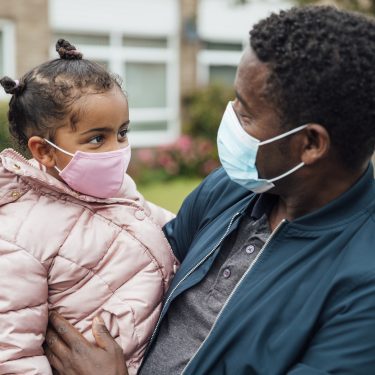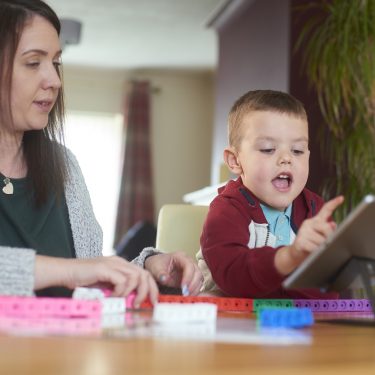
01/06/20
4 min read
As some pupils return to school for the first time in ten weeks, a new Nuffield-funded report published today by National Foundation for Educational Research (NFER) shows how prepared schools are for opening more widely, what challenges they face and what guidance and support they need.
The report presents initial findings from an in-depth and representative study examining the impact of COVID-19 on mainstream schools in England. The findings highlight the challenges for school leaders around issues such as staffing, parental decisions and safety in relation to a phased return of whole year groups.
Key findings
School leaders have fewer teaching staff available at a time when they need more:
In May, school leaders were operating with 75% of their normal teaching capacity. Over a fifth (29%) of teachers who are available to work are only able to work at home. Senior leaders explained that they will need extra staff to teach and supervise pupils while on site, provide distance learning for pupils at home and/or cover for absent staff, plus additional funding to pay for this. This will affect schools’ ability to provide the same level of teaching quality and curriculum breadth, as well as managing more teaching in school alongside continuing support for remote learning.
Senior leaders predict that when schools open to more pupils, 46% of families, on average, will keep their children at home:
Senior leaders with the highest proportion of free school meal (FSM) pupils estimate that more of their children’s families will keep them at home (50% on average) compared with an average estimate of 42% from leaders with the lowest proportion of FSM pupils. This raises concerns that pupils in most need of access to education will be least likely to receive it. In line with the advice from SAGE (2020), clear messages will be needed from government to encourage families to allow their children to return.
Before schools were closed to the majority, the pandemic had the greatest impact on schools serving the most deprived pupils:
Before 20 March, leaders from schools with the highest proportion of FSM pupils were more likely to report that they had experienced a significant drop in numbers of pupils attending school (73%) than those with the lowest proportion of FSM pupils (57%). This suggests that the differential impact of the pandemic on disadvantaged pupils dates back to the period before lockdown.
Most school leaders feel unprepared for resuming a range of activities when more pupils return to school:
School leaders feel least prepared for managing pupil movement around school (66%) and organising school space to enable social distancing (65%). However, 65% of primary and 73% of secondary leaders think it would be at least somewhat feasible to operate a rota with different year groups or classes in school on different days.
Opening to more pupils in June considered less feasible for primary schools:
In May, only 18% of primary school leaders felt it was very/entirely feasible to open their schools to more pupils this month. Some commented that it is simply not possible for them to ensure social distancing because children are too young to understand the rules and/or their school buildings are unsuitable. Recent government guidance has aimed to address some of the concerns of primary schools, particularly around enforcing social distancing for young children.
Primary school leaders will also find it harder to manage a combination of face-to-face and distance learning (66% of primary leaders felt unprepared for this compared with 52% of secondary leaders). Secondary leaders are more positive about opening their schools’ to more pupils, with 37% saying this is very/entirely feasible. It should be noted that secondary schools are being asked to take fewer year groups and not every day.
The findings suggest that the pandemic has had a greater impact on schools in the West Midlands, North West and London:
School leaders were most likely to report some impact from COVID-19 on their schools in terms of the availability of staff and pupil attendance prior to 20 March if they were based in the West Midlands (84%), London (82%) and the North West (79%) compared with school leaders in the East Midlands (61%). School leaders were also more likely to estimate that a higher percentage of families would keep their children at home if they were based in the North West (50% on average) compared with leaders in the South West (41% on average).
Frequent cleaning and handwashing most essential safety measures:
Most senior leaders say that frequent cleaning (96%) and regular handwashing/sanitising (94%) are very necessary/essential for safety when opening their schools to more pupils. Over half (56%) consider it very necessary/essential to have access to personal protective equipment (PPE), although recent government guidance has sought to address this issue. Most feel at least somewhat prepared for maintaining hygiene when they open their schools to more pupils (66%).
Senior leaders want the government to provide clear, detailed and realistic guidance to schools on opening to more pupils:
Senior leaders want information from the government (and to a lesser extent from local authorities and trusts) on how to manage social distancing. They want to know what is expected of schools, and under what circumstances there is flexibility for leaders to reduce the number of pupils on site. Recent government guidance may have addressed some of these issues.
Carole Willis, CEO at National Foundation for Educational Research, said:
“Today’s report suggests there is large variation between different types of schools, each experiencing their own challenges in opening to more pupils. Government guidance needs to be tailored and responsive, allowing flexibility for school leaders to use their professional judgement. This will be necessary to manage the differing and changeable levels of staffing, parental choices and practical accommodation issues that each school is likely to experience.
“The findings also reinforce concerns about children from disadvantaged backgrounds. Schools with a high proportion of free school meal children were the most affected before lockdown and expect fewer children to return, adding to concerns about their loss of learning. There needs to be very clear messages and reassurance for parents, as well as a continued focus on the quality of remote learning.”
Josh Hillman, Director of Education at Nuffield Foundation, added:
“With more pupils returning to school from today, school leaders are particularly concerned about the challenge of running parallel school and home-based learning programmes. This challenge is compounded by their expectations that high proportions of families will choose to keep their children at home, particularly those from disadvantaged backgrounds.
“Schools and teachers are going to struggle to prevent the disadvantage gap continuing to widen at the same time as managing social distancing, providing additional safety and hygiene measures, and dealing with inevitable staff absences.”
This report is based on findings from a national survey of 1,233 senior leaders in publicly-funded, mainstream primary and secondary schools in England (conducted between 7-17 May 2020). Responses have been weighted by phase and free school meal (FSM) eligibility to provide a nationally representative picture.
Later this month, NFER will publish detailed insights from 3,054 senior leaders and teachers, exploring issues such as: schools’ provision of remote learning during the COVID-19 pandemic and pupils’ engagement; schools’ provision for vulnerable children and children of keyworkers; plus staff workload and job satisfaction.



